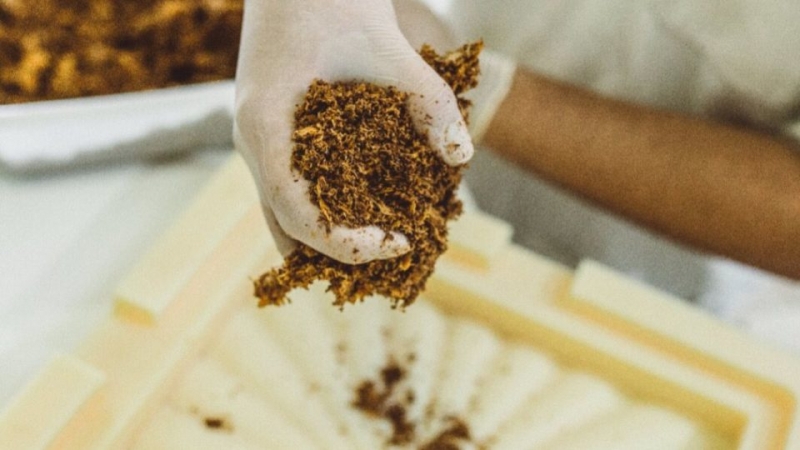Mush’s mycelium pieces are produced in molds from the growth of fungi, fed with waste from the wood industry.Listen to this content
The idea of using mycelium – the vegetative part of fungi – to make civil construction more sustainable has been mobilizing researchers from different parts of the world for some years now and is getting closer and closer to materializing in Paraná. By the beginning of the second half, Mush, a startup from Ponta Grossa that works with the material and has been conquering space in the architecture, decoration and packaging segments, intends to place acoustic insulation boards on the market between environments.
“It’s a new way of doing acoustic treatment in indoor environments, reducing the noise that one space implies in the other”, explains the CEO of Mush’s civil construction, architecture, decoration and design unit, Leandro Oshiro.
Founded in 2019, the startup develops products for the civil construction, architecture and design sector – from decorative objects to furniture – and has already had nationally and internationally awarded projects.
Like other pieces produced by the company, the material will be made from the cultivation of fungi in molds. By reproducing the conditions of nature, they – and the mycelium – grow until they reach the desired size and shape, when the pieces undergo heating and drying. In this case, the objective is to offer the market 1.20 x 2.40 m sheets, similar to mdf, to make the product more accessible and suitable for the application.
Sustainability and practicality
Currently, acoustic insulation is commonly done with ceramic blocks developed specifically for this purpose. According to Oshiro, the material has two disadvantages: the first is that its production process involves clay extraction and burning, making it not the most sustainable alternative. The second is that insulation needs to be provided for from the beginning of the project – otherwise, the installation of traditional blocks will require the breaking of walls.
In the Íris collection, developed in partnership with Furf, the decorative panels also provided acoustic comfort.
“One way to use our boards is by associating them with masonry, replacing blocks when building the wall. Another is, instead of breaking down a ready-made wall and rebuilding it with ceramic blocks, add the slab to them and finish”, says Oshiro.
In a second moment, Mush’s objective is that mycelium plates can replace materials such as dry wall. To achieve this, however, it will be necessary to produce them in larger sizes: at the moment, tests are being carried out with plates measuring approximately 30 x 30 cm. The large plates will go into production from June, when the company’s new factory will start operating, making adaptation studies possible.
“We received an investment, I still cannot reveal from whom, to expand the production scale. So, we will have a new factory that will be installed here in Ponta Grossa, in a 400 square meter shed”, reveals the Mush representative.
In addition to allowing the production of larger pieces – and research based on them –, the new space should allow for the continuity of studies for the production of other materials such as mycelium bricks and plates that replace perforated plaster.

